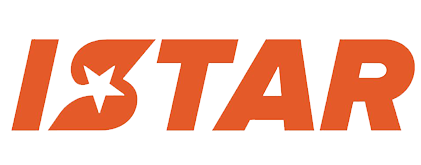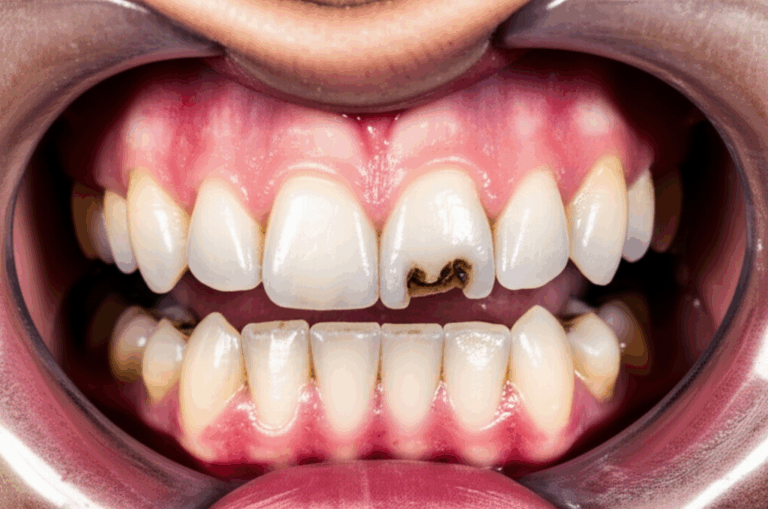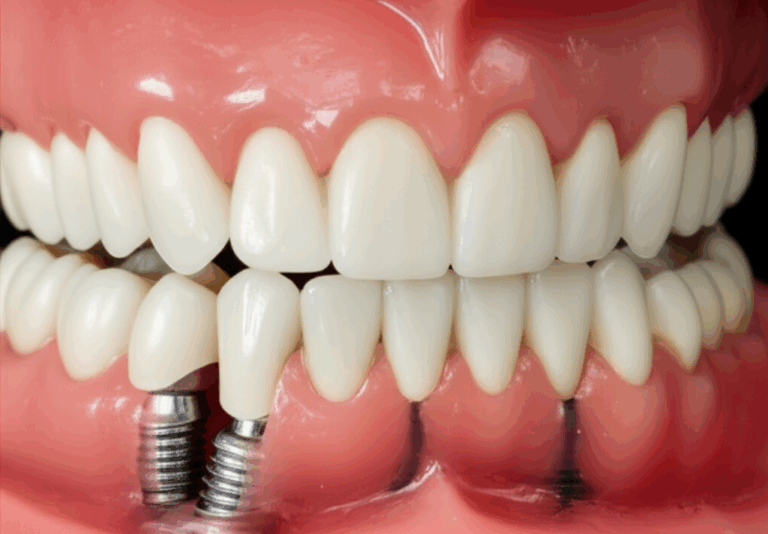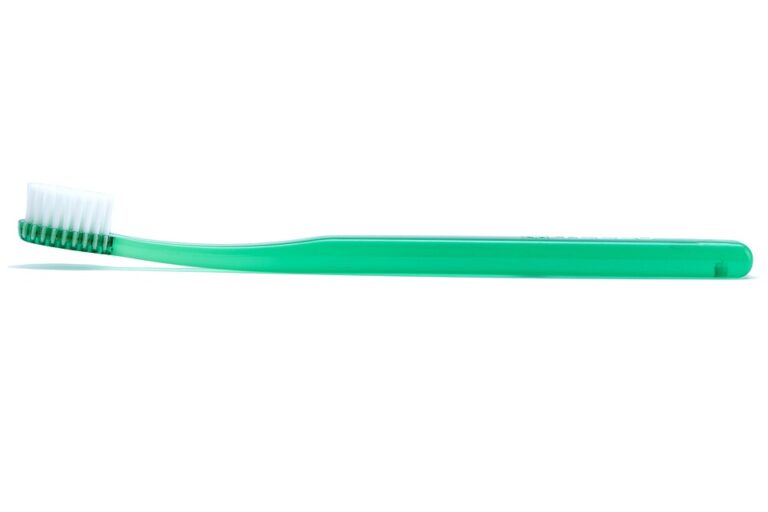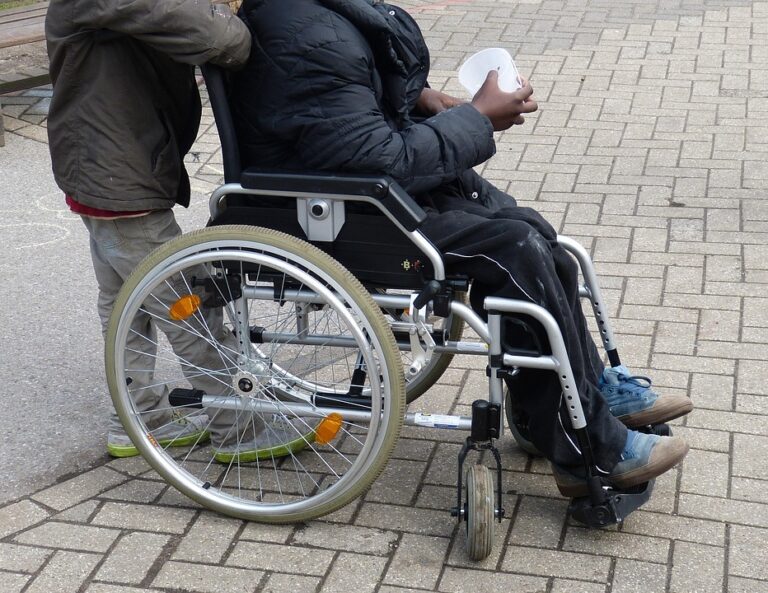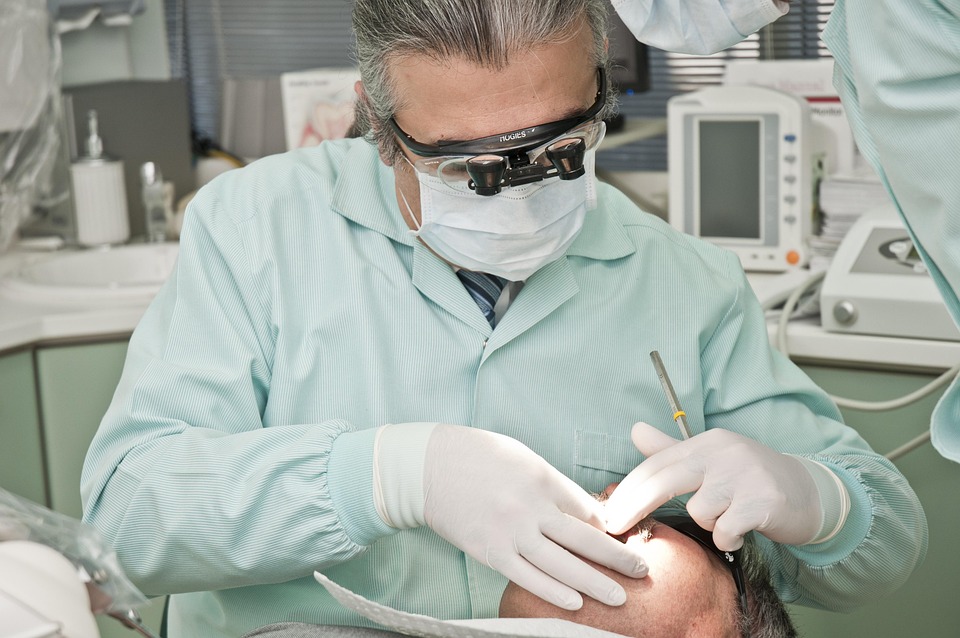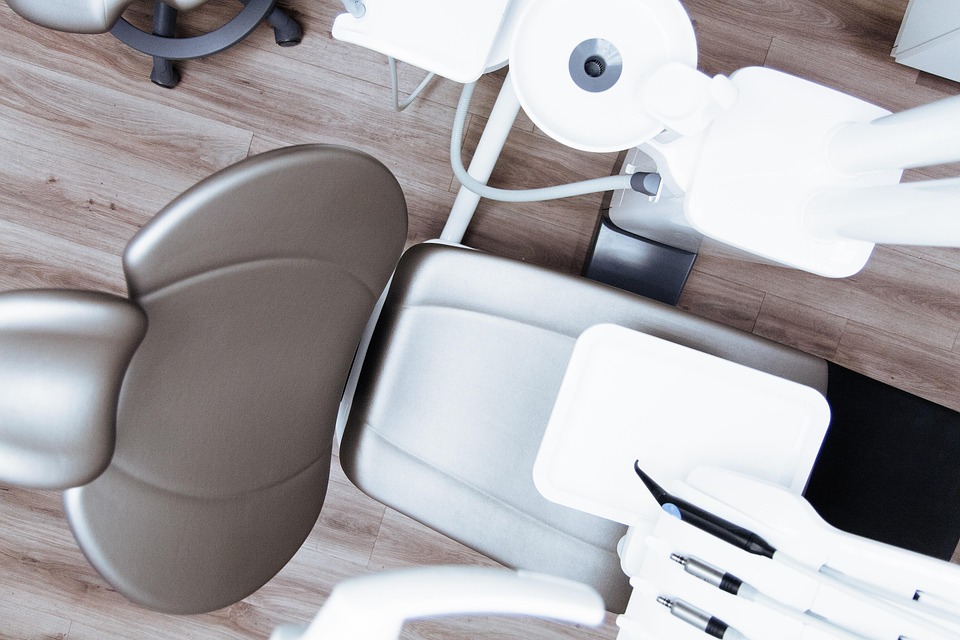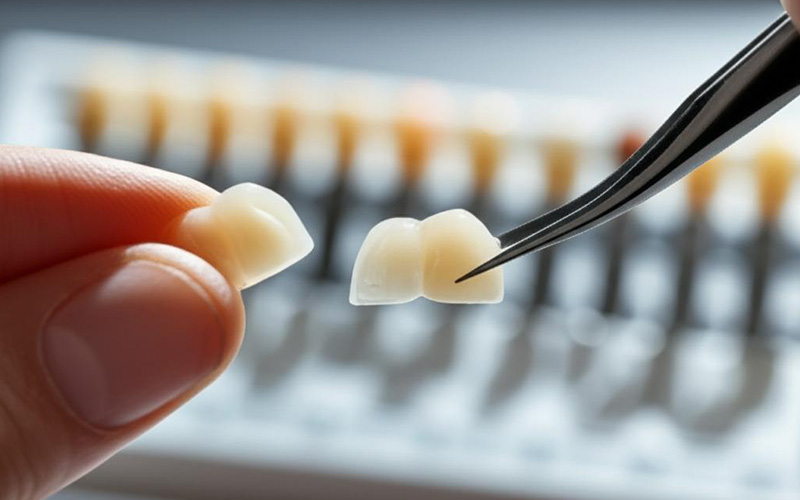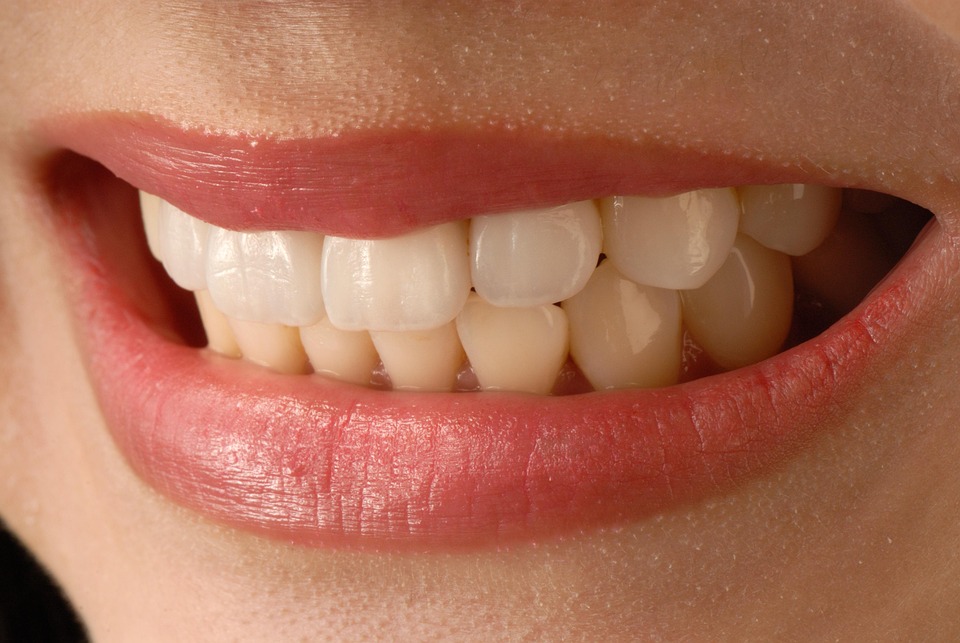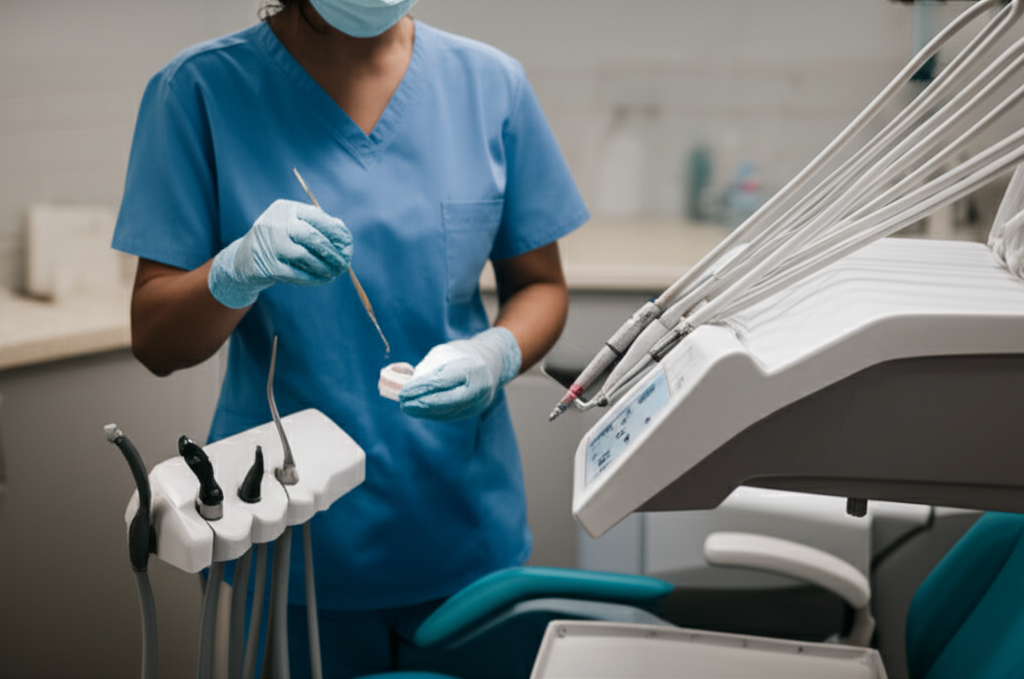
How Much Is a Cleaning at the Dentist with Insurance?
Your Easy Guide to Dental Cleaning Costs
Ever looked at your dental insurance card and thought, “How much will a cleaning at the dentist cost me?” Or maybe you’ve put off making that appointment because you’re worried about getting a big, unexpected bill. You’re definitely not alone! Let’s clear things up, break down the real numbers, and help you go into the dentist feeling sure about what you’ll pay—and why.
In This Article
What We’ll Talk About:
- The Usual Cost of a Routine Dental Cleaning (With and Without Insurance)
- How Dental Insurance Helps Pay for Cleanings
- What Can Change the Price of Your Dental Cleaning
- How To Get a Real Cost Estimate For Your Cleaning
- How To Get the Most From Your Insurance and Spend Less
- FAQs (Frequently Asked Questions)
The Main Question: “How Much Is a Cleaning at the Dentist with Insurance?”
Let’s jump right to what you’re wondering. Most people with dental insurance pay $0 to $50 for a basic cleaning. In a lot of cases, you’ll pay nothing at all—especially if you go to a dentist in your insurance network and haven’t used up your free cleanings for the year.
But there’s a catch: prices aren’t always the same. That number can change based on your dental plan, where you live, and what’s included in your cleaning.
Here’s the big idea: dental insurance is there to help you keep your teeth healthy by paying for check-ups and cleanings. Not going to your cleanings to save a little money? That can actually cost you a lot more later, both in money and tooth problems.
The Usual Cost of a Dental Cleaning
With and Without Insurance
What Does a “Regular Cleaning” (Prophylaxis – D1110) Really Mean?
A dental cleaning is a lot more than just brushing your teeth. When you get a cleaning at the dentist—called a “prophylaxis” (D1110)—they take off sticky plaque and hard tartar, polish your teeth so they feel smooth, and sometimes give you a rinse or fluoride to help your teeth stay strong.
Think of it like taking your car not just for a wash, but for a deep clean and check.
The Price Without Insurance
If you don’t have insurance, the price can make anyone freeze. You’ll usually pay around $75 to $200, and sometimes more, depending on where you live and your dentist’s fees. If you’re in a big city or go to a fancy dentist, it can be around $300. Why the big range? It depends on things like how expensive your town is and what your cleaning visit includes (exam, X-rays, fluoride, etc.).
The Price With Insurance: The $0 Option
Here’s some good news: if you have dental insurance, most plans pay for 100% of cleanings—usually up to twice a year. So your cleaning might be free.
But all plans are a little different. Sometimes, you’ll pay a small copay ($10-$50) or you might pay a part, usually 10-20% of what the dentist charges.
Read the fine print! Some plans only pay 80% or put a limit on cleanings each year.
Here’s a real-life example to make it simple:
| Service | Typical Cost Without Insurance | Typical Cost With Insurance | Usual Insurance Pays |
|---|---|---|---|
| Cleaning (D1110) | $75 – $200+ | $0 – $50 | 80–100% |
| Dental Exam (D0120) | $50 – $120 | $0 – $30 | 80–100% |
| Bitewing X-rays (D0274) | $40 – $100 | $0 – $25 | 80–100% |
| Fluoride Treatment | $20 – $50 | $0 – $15 | 80–100% (kids) |
| Deep Cleaning (D4341) | $200 – $600 per section | $50 – $300 per section | 50–80% |
Source: Data from top dental insurance companies and American Dental Association cost guides.
How Dental Insurance Helps Pay for Cleanings
Let’s talk about how dental insurance actually works, in real-world words.
Knowing Your Plan’s “Free Checkup” Rules
Preventive dental care—cleanings, basic checkups, and often X-rays—are called “Type 1 Services” by insurance. These are the most important benefits and are usually paid at 80–100%.
Most dental insurance lets you get two cleanings a year, or one every 6 months. Think of it like changing your car’s oil on time.
Key Words That Decide Your Dental Bill
Deductible:
This is what you pay before your insurance pays anything. Good news—most plans don’t make you pay this for cleanings, but check your plan! If you need more than a cleaning, your deductible might matter.
Copay:
A copay is a set amount you pay at each visit. For a cleaning, it’s usually $0 or under $50.
Coinsurance:
Some plans pay a percentage and you pay the rest. For instance, if insurance pays 80%, you pay 20% of the bill.
Yearly Limit (Annual Maximum):
Dental insurance only pays a certain amount a year, usually $1,000–$2,000. Cleanings don’t always count against this total—but double-check your plan.
Waiting Period:
This is how long you have to wait after getting insurance before you can use it. Most plans don’t make you wait for checkups. But, it’s good to make sure.
What Can Change the Price of Your Dental Cleaning
It’s not always just about “Do I have insurance?” How much you pay can depend on lots of things.
What Kind Of Insurance You Have: PPO, HMO, Or Something Else
- PPO (Preferred Provider Organization): You can go to almost any dentist, but if they’re in your network, you pay less.
- HMO (Health Maintenance Organization): You pick a main dentist from their list; you’ll usually pay the least, but have fewer choices.
- Indemnity or Pay-As-You-Go: Less common; you pick any dentist, pay more first, get money back later.
What your insurance actually pays can be really different. Always check your plan, or call your insurance company!
Dentist In-Network or Out-of-Network
Dentists who are part of your insurance network charge set lower prices. Go outside the network and it can cost more, and insurance may pay less.
Your Town (Location) and Dentist’s Price
Getting a cleaning in New York City can cost two times—or more—what you’d pay in a small town. Cities cost more to live and work in, and that affects the price tag.
What’s Part of the “Cleaning”
A cleaning might mean just cleaning, or it could also include:
- Exam (D0120/D0150): A basic check-up or a full exam.
- X-rays (D0274 for bitewings, D0210 for full mouth): Usually done once a year.
- Fluoride (D1206/D1208): More for kids, but sometimes for adults too.
Not every plan pays for these extras at 100%. You might have a small copay for them.
Type of Cleaning: Basic or Deep Cleaning
Not all “cleanings” are the same. Here’s the quick facts:
- Basic Cleaning (Prophylaxis—D1110): This is your regular visit for healthy teeth and gums.
- Deep Cleaning (Scaling and Root Planing—D4341/D4342): For folks with gum disease, this means cleaning under the gums. It’s much more and not counted as preventive. Insurance covers less (50-80%), and deductibles usually matter here.
- Periodontal Maintenance (D4910): If you’ve had gum disease fixes in the past, you might need this type more often. It’s covered better than deep cleaning, but not as much as regular cleaning.
How To Get a Real Cost Estimate For Your Dental Cleaning
The only way to know for sure what you’ll pay is to ask and get the real numbers.
1. Call Your Dental Insurance
Check your card or log into your insurance website. Ask about these codes:
- D1110: Basic adult cleaning
- D0120: Regular check-up
- D0274: Four small X-rays
- D1206: Fluoride treatment
Key things to find out:
- Is your cleaning totally covered?
- Do you pay for the checkup or X-rays?
- Do you have a deductible?
- Is there a waiting period or yearly limit?
2. Ask Your Dentist for a Cost Estimate
Your dentist’s staff can send your insurance a “pre-approval” before your visit. You’ll get a note showing what insurance pays and what you might owe.
3. Read Your Explanation of Benefits (EOB)
After your visit, your insurance sends you a paper called an EOB. It shows:
- The price the dentist charged
- What insurance paid
- Any discounts
- What’s left for you
Check it over. If you don’t get it, or it looks wrong, call your dentist or insurance company.
4. Think About Surprises
If your dentist finds extra problems (like you need a filling or deep cleaning), costs could be higher. Always ask if anything new comes up.
How To Get the Most From Your Insurance (and Spend the Least)
You worked for those benefits—make sure you use them!
Use In-Network Dentists
Ask if your dentist takes your insurance. Out-of-network means higher fees, and less insurance. If you’re not sure, many offices, like those in big digital dental labs, take different insurance plans.
Know Your Yearly Max
Plan ahead for big fixes (like crowns, bridges, or deep cleaning) so you don’t go over your yearly insurance limit. If you have several things to fix, sometimes you can spread them out over a couple years.
Use FSA or HSA Savings
Flexible Spending Accounts (FSA) or Health Savings Accounts (HSA) help you save pre-tax money for health costs, like dental cleanings. This can save you a good amount of money.
Ask About Paying Over Time
Need work that isn’t covered? Many dentists let you pay in smaller amounts instead of all at once, which helps if you need something big like deep cleaning or gum treatment.
Don’t Skip Cleanings
Skipping cleanings to save money can backfire. Plaque and tartar can bring on gum disease, cavities, and even tooth loss—which is very expensive to fix. Getting your teeth cleaned is a small price to pay for keeping your teeth healthy.
What If You Need More Than a “Basic Cleaning”?
Sometimes, your dentist will say you need more help—maybe because of gum disease, lots of tartar, or other dental problems.
- Deep Cleaning (Scaling and Root Planing): This is done by section (a quarter of your mouth), not in one go. Prices jump to $200–$600 per section, and insurance covers only 50–80%. You usually have to pay your deductible here.
- Periodontal Maintenance: If you’ve had gum work before, you might need this type of cleaning more often. It costs $100–$250 each visit, with insurance covering about 60–80%.
Not sure which kind you need? Just ask your dentist. It could keep you from being surprised by the price later.
Easy Summary: What To Remember
Let’s Review:
- Most people with dental insurance pay $0 to $50 for regular cleanings.
- Use dentists in your dental plan, check your benefits, and look at your insurance statements to avoid surprises.
- Deep cleanings and extras (like X-rays, fluoride, or exams) can have different rules—always ask before you get them.
- Skipping cleanings to save money usually leads to bigger, more expensive problems later on.
What To Do Next:
Frequently Asked Questions
Q: Does dental insurance pay for two cleanings a year?
A: Most do! Usually you get a cleaning every six months, but some policies say just once a year. Read your policy to know for sure.
Q: Will insurance pay for fluoride?
A: For kids, yes—usually up to age 16 or 18. For adults, mostly no, unless you really need it.
Q: What’s the cost difference between a regular and deep cleaning with insurance?
A: Regular cleanings are covered at 80–100%. Deep cleanings for gum disease cost much more ($200–$600 per section), and insurance pays only 50–80% (plus you usually have to pay a deductible).
Q: What if I don’t have dental insurance?
A: Without insurance, cleanings cost $75–$200 or more each time. Look for dental school clinics, discount plans, or local programs for lower prices. Some jobs or groups offer good dental plans too.
Q: Do I have to pay a deductible for a cleaning?
A: Most times, no. Lots of plans skip the deductible for checkups and cleanings or X-rays—but it’s worth checking. For bigger or special treatments, you’ll likely need to pay it.
Ready To Take Care of Your Smile?
A dental cleaning isn’t just for looks. It’s a small, simple, and cheap way—especially with insurance—to keep your mouth healthy, stop bigger (more expensive) problems, and stay confident.
Let your insurance help you! Keep asking questions, and let your dentist explain what you need. Both your wallet and your smile will be better for it.
If you want to know how dental cleanings fit into bigger dental health plans or want more info about dental diseases, keep learning from good sources. Knowing more about dental care helps you make the best decisions for your health and money.
Remember: You deserve simple answers and a healthy, happy smile. Keeping up with cleanings is always worth it!
